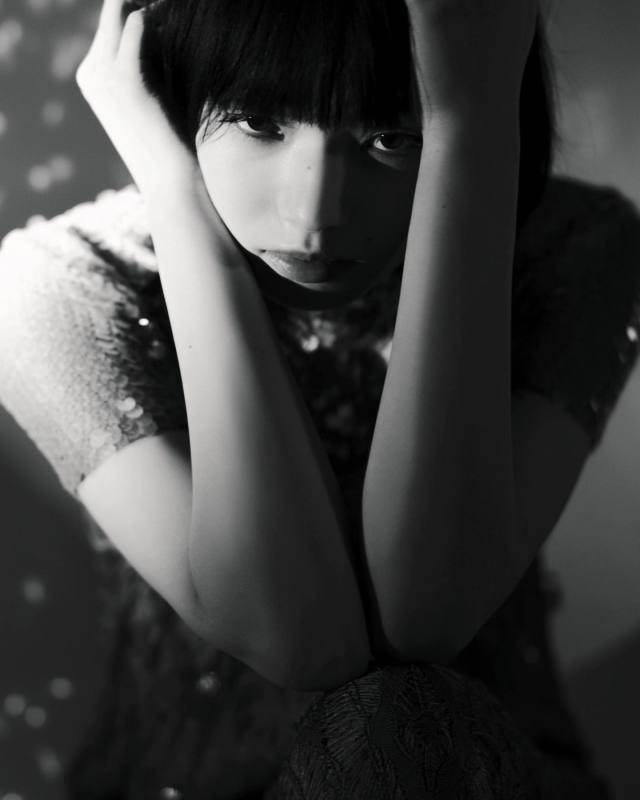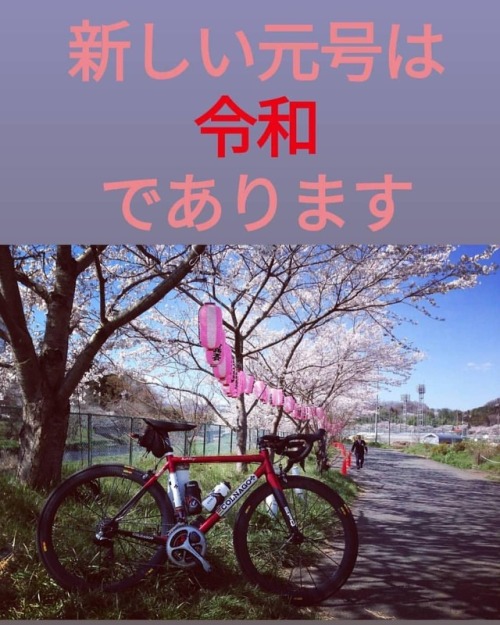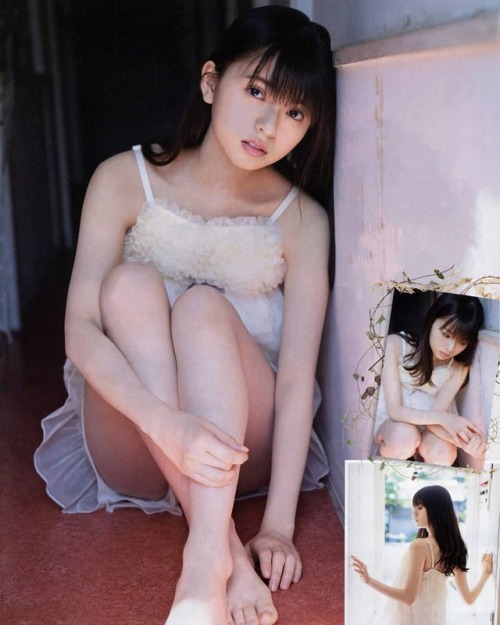#令和
Happy & peaceful Reiwa (令和)
㊗️令和来たれり
とうとう平成が終わってしまいましたね
新時代の幕開けとはまさにこのことか…
良い時代となりますように



Kejonuma Leisure Land (1979-2000)-Ōsaki 大崎, Miyagi Prefecture, Japan - June 2021
SourceMiki Nagata Flickr


Tony Stella - French Collector Poster “Voyage à Tokyo”&“Bonjour” - Source Carlotta-France - 2021




Sakya / Polka dot retro dress & B&W & pink model - Japan - 2021
SourceRococo’s closet

Eguchi Hisashi 江口寿史Kanojo 彼女 (She) exhibitionadvertising poster - Japan, March 2022

Komatsu Nana 小松菜奈 modelling in a Margiela’s sequin dress - barfout! magazine - Japan - 2022
Sourceinstagram konichan7


Komatsu Nana 小松菜奈 in 150th Shiseido 資生堂 Anniversary CM - 美しさとは、人のしあわせを願うこと。(Beauty is to wish for the happiness of people.) - Japan - 2022


Satoshi Kon, l'illusionniste - Blu-ray + DVD combo + Memorabilia Limited Prestige Edition - Carlotta films - France - 2022
小学館自転車部部長ON寺です!
新年度二日目となりましたが、皆様、昨日4月1日はいかがお過ごしでしたでしょうか?
私は午前3時からMotoGPアルゼンチングランプリを視聴。
敬愛するヴァレンティーノ・ロッシがアンドレア・ドヴィツィオーゾアとの争いに競り勝っての2位表彰台獲得という結果に今シーズンにさらに期待が持てました!
そして元号発表は職場で見ていました。
11時20分頃から誰となくテレビの前に集まりだし、11時30分を過ぎて待つこと10分。
新しい元号は 令和 であります。
令和、ですか。。。出典が万葉集ということを聞いて、確かに雅な感じがしてきました。
昭和・平成と四角いフォルムの字が続いていたところ、「令」が撫で肩フォルムなのが柔らかい感じが新鮮で好ましいですね。肩肘張らないというか、優しい時代になってほしいと思います。
そして!小学館にも新入社員が入ってきまして、恒例の職場挨拶周りがありました。
新しい時代に期待したいですね!
#小学館自転車部
#bicycle #roadbike #ciclismo #bicicleta #strava #cyclist #pedal #cyclinglife #cyclingphotos #bicycles #roadcycling #stravacycling #cyclingshots
#自転車 #ロードバイク #サイクリング #ロードバイク初心者 #自転車のある風景
#자전거 #COLNAGO #コルナゴ
#令和 #元号 #花見 #桜 #春
#モトGP #ヴァレンティーノロッシ
https://www.instagram.com/p/BvvKQu6Fhu2/?utm_source=ig_tumblr_share&igshid=1tnn8h0ccud7i
Post link






I went to the Imperial Palace today to see Emperor Naruhito’s first official public greeting. Me, my husband, and friends waited in line for 3 to get into the greeting area. It was so packed with people and so hot and sweaty with almost no shade the entire time. I got a mean sunburn, but it was worth it to see this historic event, feel the excitement, and hear the Emperor’s kind words. He also thanked everyone for coming to see him particularly in the strong heat. I hope his reign will be one of peace and prosperity for Japan

令和ラテ Cafe Eight, Nerima, Tokyo
I got a Reiwa latte cuz I’m a nerd and was excited about the new era announcement. I personally like the new era name a lot and while the era system is really only ceremonial at this point, I hope Japan can use it as an opportunity to improve and create a brighter future. Hopefully one with less paperwork anyway.
Welcome to year one of Reiwa. The beginning of a new era in Japanese history. The end of Heisei (平成時代). Welcome to the era of the reign of his Royal Highness Emperor Naruhito.
The Reiwa period will start on May 1st 2019 when Prince Naruhito ascends the throne to become the 126th emperor of Japan. 2019 corresponds to Heisei 31 until April 30th, and Reiwa 1 (令和元年 Reiwa gannen, gannen means “first year”) from May 1st.
Reiwa ushers in a new era of significant change in Japanese society. New systems aimed at changing the way people work. The introduction of greater numbers of foreign workers - something that would never have been considered only ten years ago. Major revisions to the Labour Standards law will be implemented to stop the practice of working excessively long hours and to force Japanese people to take more time off work. Companies will be required to force employees to take at least five days of paid leave per year. Regulations with penalties for overtime are being introduced.
In the next five years, with the new visa status of “specified skilled worker” as many as 340,000 foreign workers are expected to move to Japan to work in 14 areas including nursing - and in the biggest shock to Japanese society - agriculture. Imagine that, foreigners tilling the fields and working on farms in Japan. I never thought I’d see that!
Numerous other things will see even more significant changes in Japanese society: the National pension premium will rise by ¥70 to ¥16,410 per month. A tax cut will be introduced for those who purchase electronic cars. Oh, and did I mention more foreigners.
So, what’s in a name?
令和 Reiwa. 令 rei: orders, command, ancient laws, decree, fortunate + 和 wa: harmony, peace, Japan, Japanese style.
Reiwa signifies order and harmony. This is the first time the kanji for nengō have been chosen from Japanese classical literature. The kanji were selected from the ancient Manyōshū (万葉集) - the oldest extant compilation of Japanese poetry, written between 600 and 759 CE. "初春令月、氣淑風和", which means “Nice weather in an auspicious month in spring." The two kanji used in nengō have always previously been chosen from ancient classical Chinese literature.
Reiwa is the 248th era in the history of Japan, the worlds oldest monarchy. Reiwa was the first time a new era has been announced while the reigning emperor is still living. Akihito is also the first emperor to abdicate for 200 years.
An era name, nengō (年号) is an indivisible part of public life and shared memory in Japan. Everything that happens in the years to come — births, deaths, natural disasters, cultural and social circumstances, elections and political scandals —all will be connected to the era name.
The proclamation of a new era has happened only twice in nearly a century. Japan has had 247 era names since instituting the system under Emperor Kōtoku in 645. From the Meiji era (1868–1912), there has been one era for each emperor. Previously, however, the name often changed several times during an imperial reign, such as in a spirit of renewal after an inauspicious event like a war, earthquake, epidemic, or major fire.
After his May 1 investiture, the new Emperor Naruhito will bear the new era name Reiwa for the duration of his rule and into death, becoming his official name after he passes.
Since Emperor Akihito announced his intention to abdicate, a highly confidential committee has been scrutinising ancient Japanese documents in search of the quintessential two kanji to describe the new era. The process, like the imperial system itself is steeped in Shintō ritual.
The introduction of the new era name brings with it some immediate conundrums in so much as it affects the printing and manufacturing of everything from government documents to calendars, family history registers, money, train tickets to computer software, official documentation to criminal and police records. Printers and programmers will be hard at work over the coming months bringing everything up to date. City offices and government agencies, which mostly use nengō in their computer systems and paperwork, have been preparing for months to avoid glitches. Car, bike, truck, bus, and boat manufacturers have been creating new VIN tags and Identification plates.
Officials will cross out Heisei on thousands of documents and stamp the new nengō above it until all old documents have been used and the new ones will come into use.
Schools and hospitals have been updating their electronic sign on systems and data bases to accept he new nengō.
The nengō is more than just a way of counting years for many Japanese. The introduction of a new nengō brings a lot of weight with it, it defines a period in history. As the Heisei era ends, it is remembered for all that it has defined in the hearts and minds of the Japanese.
The nengō is a word that captures the national mood of a period, similar to the way "the roaring ‘20s” evokes distinct feelings or images. Nengō gives a certain meaning to a historical period, it’s the same as when historians refer to Britain’s “Victorian” or “Tudor” eras, tying the politics and culture of a period to a monarch.
The 64-year Shōwa era (昭和時代) was a period of extraordinary pandemonium. The reign of the Shōwa Emperor Hirohito (December 25, 1926 until his death on January 7, 1989) saw Japan move from a minor democracy to outright militarism, bringing aggressive colonial expansion. It pursued a war of aggression that killed millions across the Pacific. Something China and South Korea, even after 73 years, can’t ever forgive. Following the end of defeat in the war, Japan’s remarkable economic growth has been called the “Japanese Miracle,” as the economy grew three times faster than other major nations. Shōwa has then generally come to be identified with Japan’s recovery and rising global prominence in the decades after World War II.
The Heisei era (平成時代) the reign of Emperor Akihito (8 January 1989 until abdication on April 30 2019) began on a high with decades of robust economic growth which saw Japan become a world leader in electronics and manufacturing, textiles and fashion, art and science. But the economic bubble soon popped, ushering a long period of stagnation. A series of disasters, the Kobe earthquake in 1995 and the Tōhoku earthquake in 2011, have marred the image of the Heisei era. Particularly the governments inability to provide efficient and effective relief during these times has given the Heisei era a gloomy image.
Reiwa is looking already to see major changes in Japanese society. The introduction of more foreigners, the merger of major companies and the closing of others. The, as yet, supposed willingness of the Japanese government to implement better care for the people and a more robust and efficient labour system. Possible changes to the constitution.
With the 2020 Olympics in Japan and the beginning of a new era, Japan is hoping to move beyond the Heisei era, beyond all the turmoil and stagnation. The ascension of a new emperor and the naming of a new era gives the people the sense of a fresh start and it’s certain to have a positive effect on the economy and society as a whole.

#goodmorning #おはよう #令和 #齋藤飛鳥 #乃木坂46 #asuka_saito #nogizaka46
https://www.instagram.com/p/Bw5iCwHh8_q/?utm_source=ig_tumblr_share&igshid=1g46i7r9emzjl
Post link



